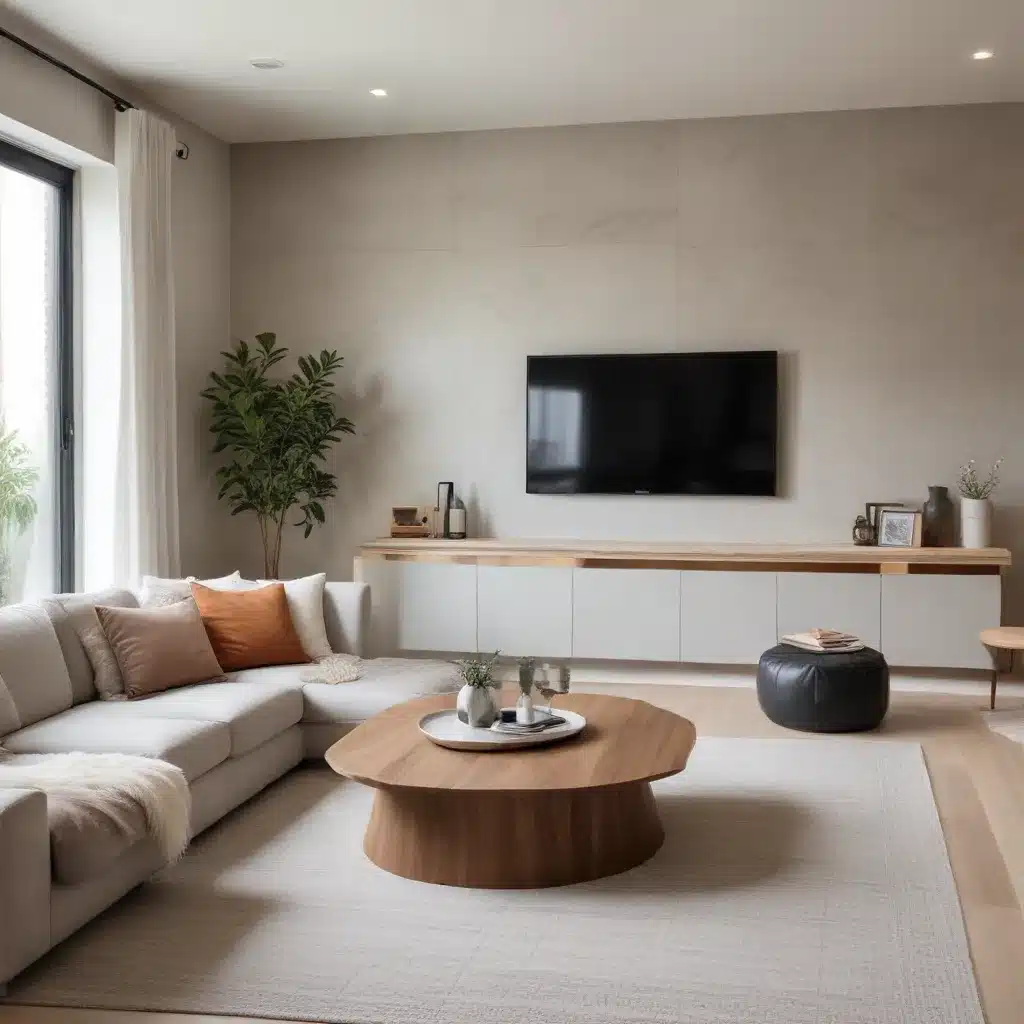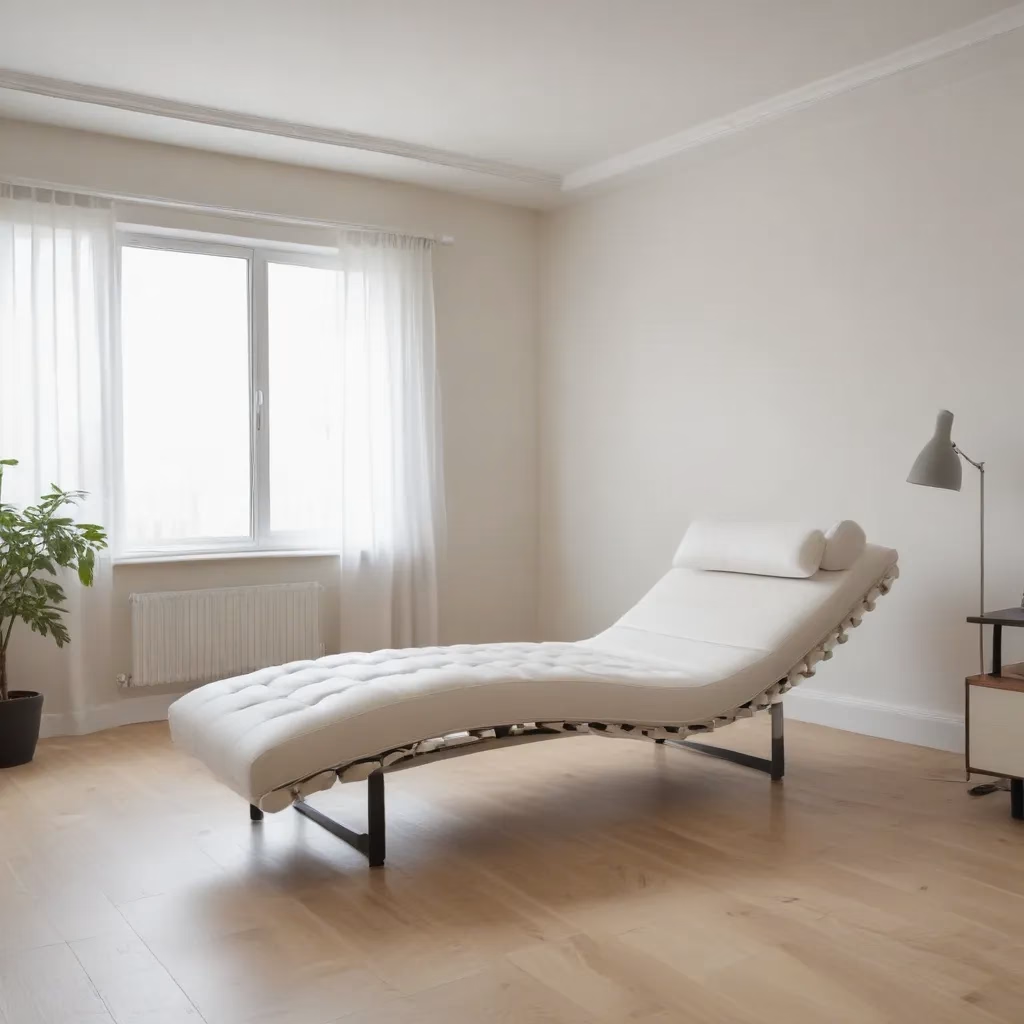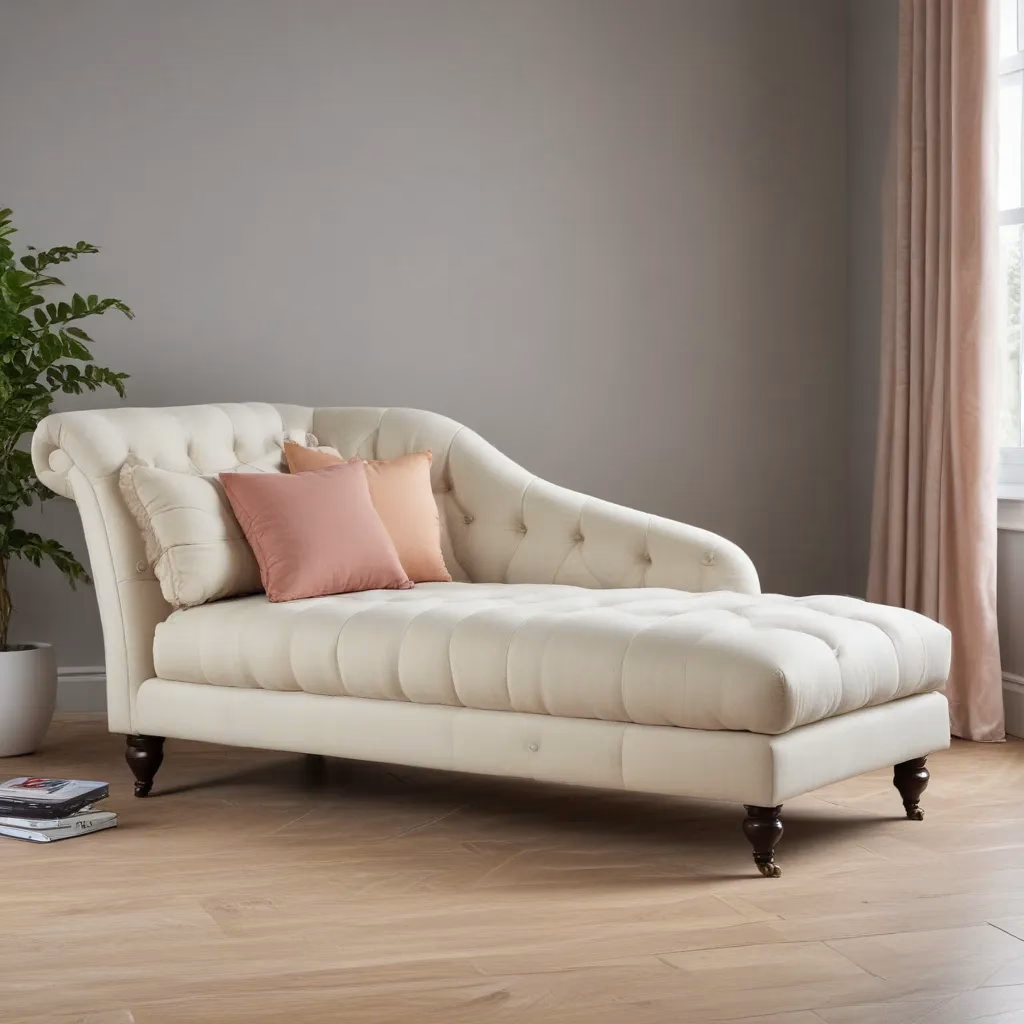
The Art of Sofa Selection
Choosing the perfect sofa for your living space is a thoughtful process that combines functionality, aesthetics, and personal comfort preferences. As a furniture specialist, I’ve guided countless homeowners and interior designers through this intricate journey. The key to success lies in understanding your specific needs and the unique characteristics of your space.
When embarking on your sofa selection adventure, consider the room’s dimensions and layout. A generously sized sectional might be ideal for a spacious living room, while a compact two-seater could be the perfect fit for a cozy apartment. It’s not just about filling space; it’s about creating a harmonious flow within your home.
Comfort is paramount, but don’t overlook durability. High-quality frame construction and resilient cushion materials contribute to a sofa’s longevity. I always recommend sitting on a sofa for at least 15 minutes in the showroom to get a real feel for its comfort level. Remember, a sofa is a long-term investment in your home’s comfort and style.
Customization: Tailoring Your Sofa Experience
The beauty of modern furniture shopping lies in the array of customization options available. Gone are the days when you had to settle for a one-size-fits-all approach. Today’s market offers a wealth of choices to create a sofa that’s uniquely yours.
Upholstery selection is perhaps the most visible aspect of customization. From luxurious leathers to durable performance fabrics, the options are vast. Consider your lifestyle when making this choice. Do you have pets or young children? A stain-resistant fabric might be your best bet. Are you aiming for a touch of sophistication? A rich, buttery leather could be the answer.
Beyond fabric, many manufacturers offer customizable elements such as arm styles, leg finishes, and even cushion firmness. This level of personalization ensures that your sofa not only fits your space physically but also aligns perfectly with your aesthetic vision and comfort requirements.
Trends in Sofa Design
As with all aspects of interior design, sofa trends evolve over time. Currently, we’re seeing a resurgence of curved and organic shapes, moving away from the stark, angular lines that dominated in recent years. This shift reflects a broader trend towards softer, more welcoming home environments.
Another notable trend is the integration of technology into sofa design. USB charging ports and hidden compartments for electronic devices are becoming increasingly common, catering to our connected lifestyles. However, it’s important to balance these modern conveniences with timeless design principles to ensure your sofa doesn’t feel dated in a few years.
Sustainability is also at the forefront of sofa design trends. Many consumers are now prioritizing eco-friendly materials and manufacturing processes. This has led to an increase in sofas made from recycled fabrics, sustainably sourced wood, and non-toxic foams. As a specialist, I’m excited to see this shift towards more responsible furniture production.
Maintenance and Care: Preserving Your Investment
A well-maintained sofa can last for decades, serving as a comfortable and stylish centerpiece in your home. Regular care is essential to preserve both the appearance and structural integrity of your furniture.
For fabric sofas, vacuuming weekly with a soft brush attachment helps remove dust and debris that can wear down fibers over time. Addressing spills immediately is crucial; blot (don’t rub!) with a clean, white cloth to absorb liquids without spreading the stain. For more stubborn marks, consult the manufacturer’s guidelines or seek professional cleaning services.
Leather sofas require a different approach. Dust with a soft, dry cloth regularly, and clean with a leather-specific product every few months. Avoid placing leather furniture in direct sunlight, as this can cause fading and drying. Conditioning leather annually helps maintain its supple texture and prevents cracking.
Rotating cushions (where possible) and plumping them regularly helps maintain their shape and even out wear. This simple habit can significantly extend the life of your sofa’s comfort and appearance.
Space Planning and Sofa Placement
The way you position your sofa can dramatically impact the functionality and feel of your living space. As a furniture specialist, I always emphasize the importance of thoughtful placement to my clients.
Start by considering the room’s focal point. This could be a fireplace, a large window with a view, or an entertainment center. Your sofa arrangement should complement this focal point, not compete with it. In many cases, positioning the sofa to face the focal point creates a natural and inviting layout.
Traffic flow is another crucial factor. Ensure there’s enough space to move comfortably around the sofa without feeling cramped. A good rule of thumb is to leave at least 30 inches of walking space in main thoroughfares.
Don’t be afraid to float your sofa in the room, rather than pushing it against a wall. This can create a more dynamic and intimate seating area, especially in larger spaces. Pair it with a console table behind for a polished look and added functionality.
Accessorizing Your Sofa
Once you’ve selected and placed your perfect sofa, it’s time to bring it to life with accessories. This is where you can really inject your personality and tie the sofa into your overall design scheme.
Throw pillows are a versatile and cost-effective way to add color, texture, and comfort to your sofa. Mix and match sizes, shapes, and patterns for a curated look. A good starting point is to choose pillows in colors that complement or contrast with your sofa and room decor.
A throw blanket draped over the arm or back of the sofa adds a cozy touch and provides extra warmth for chilly evenings. Opt for materials that feel good against the skin, like soft wool or plush faux fur.
Consider the space around your sofa as well. A well-chosen side table provides a convenient spot for a lamp, books, or a cup of coffee. An area rug can help define the seating area and add an extra layer of comfort underfoot.
Making the Most of Small Spaces
Not everyone has the luxury of a sprawling living room. For those working with smaller spaces, selecting the right sofa becomes even more critical. As a specialist, I’ve helped many clients maximize their compact living areas without sacrificing style or comfort.
Consider a loveseat or apartment-sized sofa instead of a full-sized model. These smaller versions offer the same comfort but with a reduced footprint. Look for styles with clean lines and raised legs, which can help create a sense of openness in a small room.
Multi-functional pieces are your friends in small spaces. A sofa bed or a sectional with built-in storage can provide extra utility without taking up additional floor space. Some modern designs even incorporate innovative features like fold-out desks or adjustable backrests to adapt to different needs throughout the day.
Don’t shy away from bold colors or patterns in a small space. While conventional wisdom might suggest sticking to light colors to make a room feel larger, a statement sofa can become a focal point that adds personality and depth to a compact living area.
The Role of Lighting in Sofa Enjoyment
Proper lighting can significantly enhance your sofa experience, affecting both its appearance and functionality. As a furniture specialist, I always discuss lighting options with my clients as part of the overall sofa selection and placement process.
Natural light is ideal for showcasing your sofa’s true colors and textures. If possible, position your sofa to take advantage of windows, but be mindful of direct sunlight which can fade fabrics over time. Use sheer curtains or blinds to diffuse harsh light and protect your investment.
For artificial lighting, a combination of ambient, task, and accent lighting creates a well-balanced environment. A floor lamp next to the sofa provides focused light for reading, while table lamps on nearby surfaces contribute to a warm, inviting atmosphere.
Consider the color temperature of your light bulbs as well. Warm white light (2700-3000K) tends to create a cozy, relaxing ambiance that’s perfect for unwinding on your sofa. Cooler temperatures (3500-4100K) can be energizing and may be more suitable for areas where you entertain or work from your sofa.
The Future of Sofa Design
As we look to the future, several exciting developments are shaping the world of sofa design. Smart technology integration is becoming more sophisticated, with sofas that can adjust their shape or temperature based on user preferences. While these high-tech features are intriguing, it’s important to balance innovation with timeless comfort and style.
Modular designs are gaining popularity, offering flexibility to adapt to changing needs and spaces. These versatile pieces allow you to reconfigure your seating arrangement or even add sections as your family grows or your living situation changes.
Sustainability continues to be a driving force in furniture design. We’re seeing an increase in the use of recycled and biodegradable materials, as well as a focus on longevity and repairability. This shift not only benefits the environment but also offers consumers more durable, high-quality options.
As a furniture specialist, I’m excited about these advancements but also mindful of the enduring appeal of classic designs. The key is to find a balance between embracing new technologies and maintaining the timeless comfort that makes a sofa the heart of the home.
For more inspiration and expert advice on creating your ideal lounge space, visit Sofa Spectacular. Our team of specialists is ready to help you navigate the exciting world of sofa selection and design.



